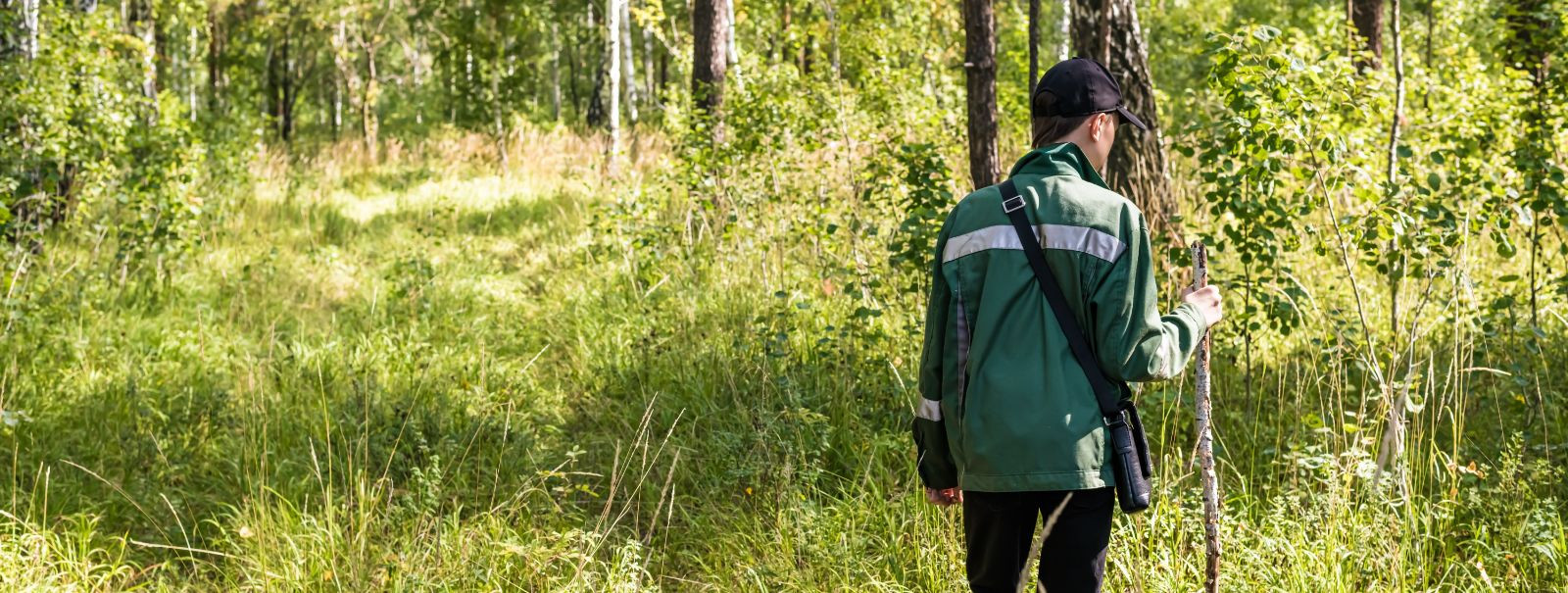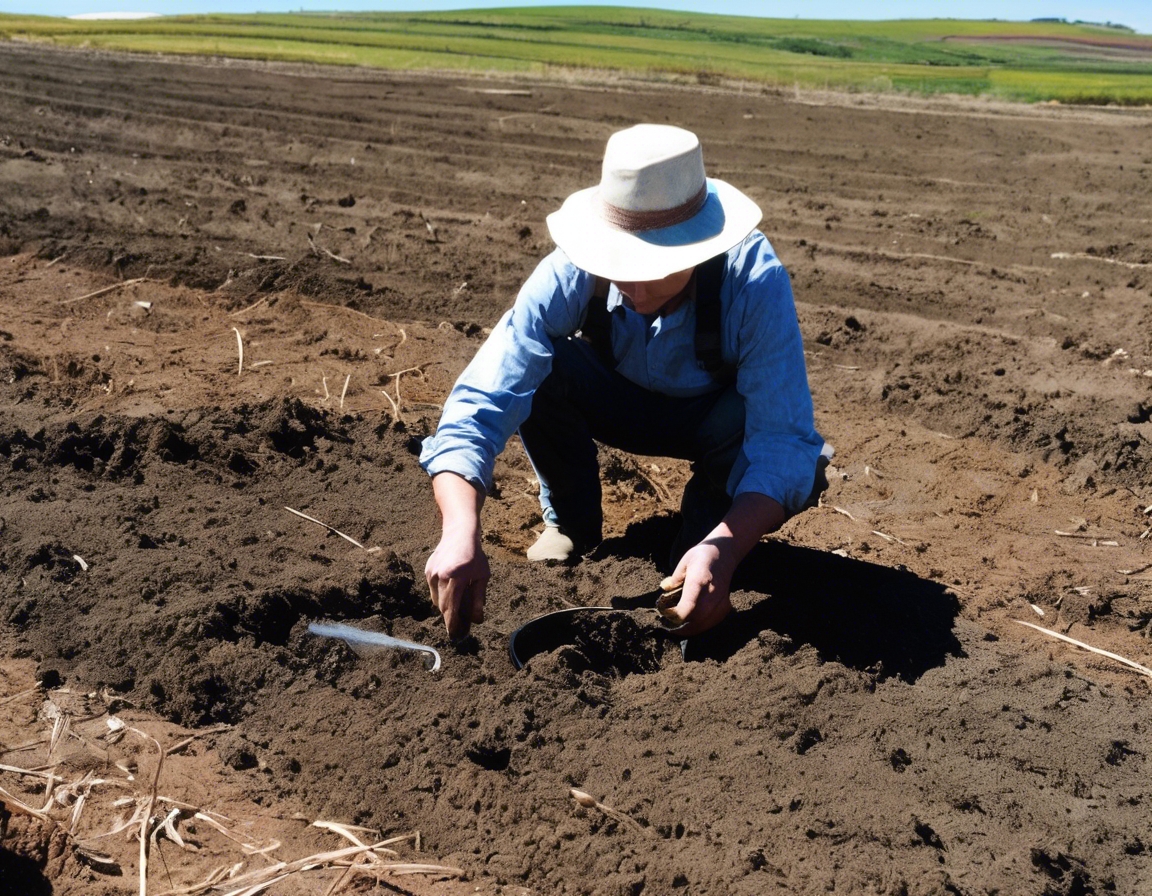Maximizing your woodland's value: a comprehensive guide
Determining the market value of your woodland is the first step in maximizing its potential. This involves evaluating the size, location, and quality of the timber, as well as the accessibility of the land. Professional appraisals can provide a detailed analysis, helping you understand the current worth of your property.
Several factors can influence the value of your woodland, including soil quality, tree species, age of the forest, and proximity to markets. Additionally, environmental factors such as climate change and pest infestations can impact the long-term value of your land.
Sustainable Woodland Management Practices
Sustainable management is crucial for maintaining and enhancing the value of your woodland. It ensures that the forest remains healthy and productive for future generations, balancing ecological, economic, and social benefits.
Implementing techniques such as selective logging, reforestation, and controlled burns can help maintain the health of your woodland. These practices not only preserve the ecosystem but also enhance the quality and value of the timber.
Legal and Regulatory Considerations
Compliance with local forestry regulations is essential for maximizing your woodland's value. Understanding zoning laws, conservation easements, and harvesting permits can prevent legal issues and ensure sustainable management.
Adhering to legal requirements not only avoids penalties but also enhances the marketability of your woodland. Buyers and investors are more likely to be interested in properties that demonstrate legal compliance and sustainable practices.
Enhancing Woodland Value Through Biodiversity
Biodiversity contributes to the resilience and productivity of your woodland. A diverse ecosystem supports a wide range of plant and animal species, which can improve soil health and increase the forest's overall value.
Introducing native species, creating wildlife habitats, and maintaining natural water sources are effective strategies to enhance biodiversity. These efforts can lead to a more robust and valuable woodland ecosystem.
Financial Opportunities in Woodland Management
Timber production remains a primary source of income for woodland owners. By managing your forest sustainably, you can ensure a steady supply of high-quality timber, maximizing profits over time.
Beyond timber, your woodland can provide a variety of non-timber products such as mushrooms, berries, and medicinal plants. These products can offer additional revenue streams and diversify your income.
Developing recreational opportunities such as hiking trails, camping sites, and wildlife tours can attract visitors and generate income. Ecotourism not only provides financial benefits but also promotes conservation and awareness.
Partnering with Experts for Optimal Results
Engaging with professional forestry consultants can provide valuable insights and strategies for maximizing your woodland's value. These experts can assist with management plans, legal compliance, and market analysis.
Selecting a reliable partner is crucial for achieving your woodland management goals. Look for consultants with a proven track record, relevant experience, and a commitment to sustainable practices.






Comments (0)